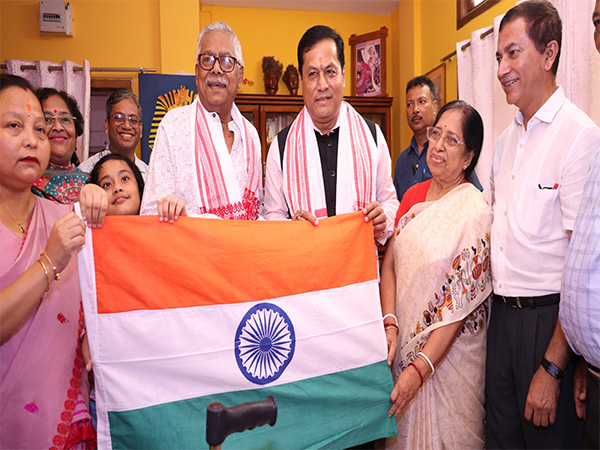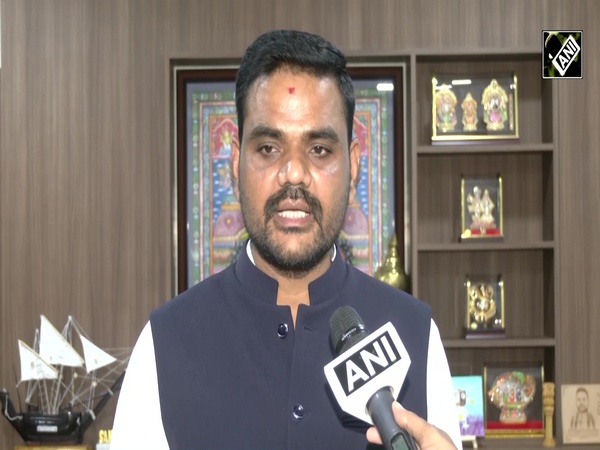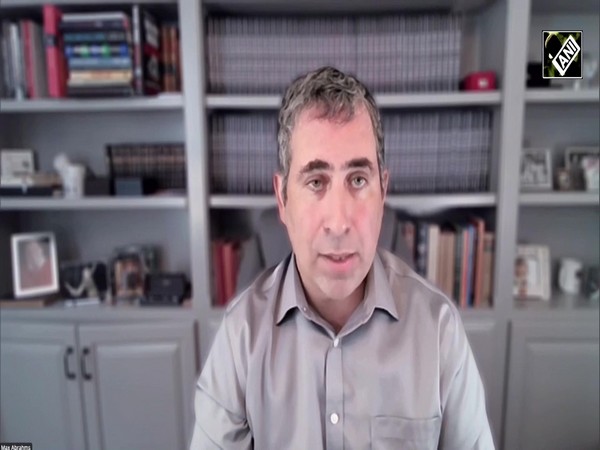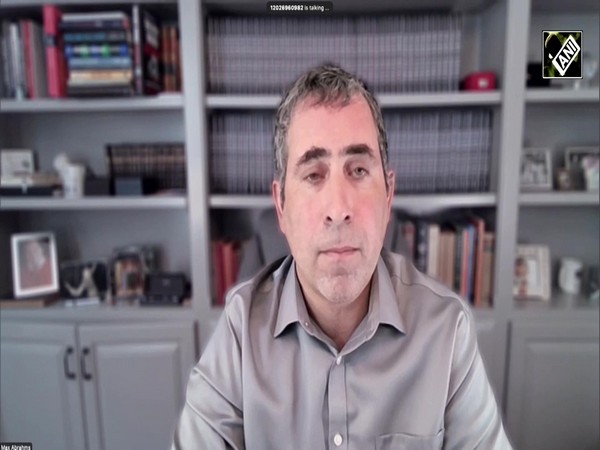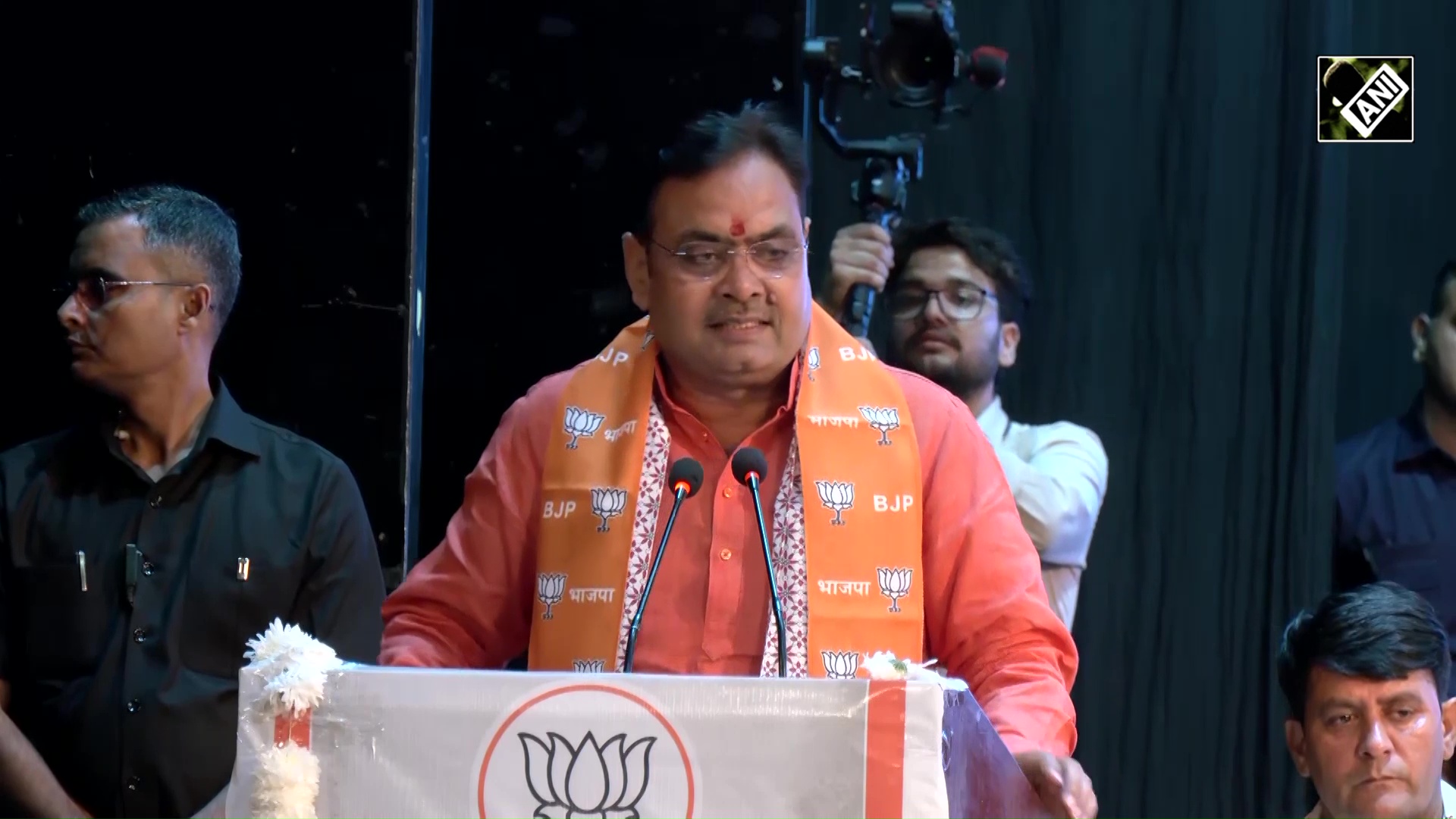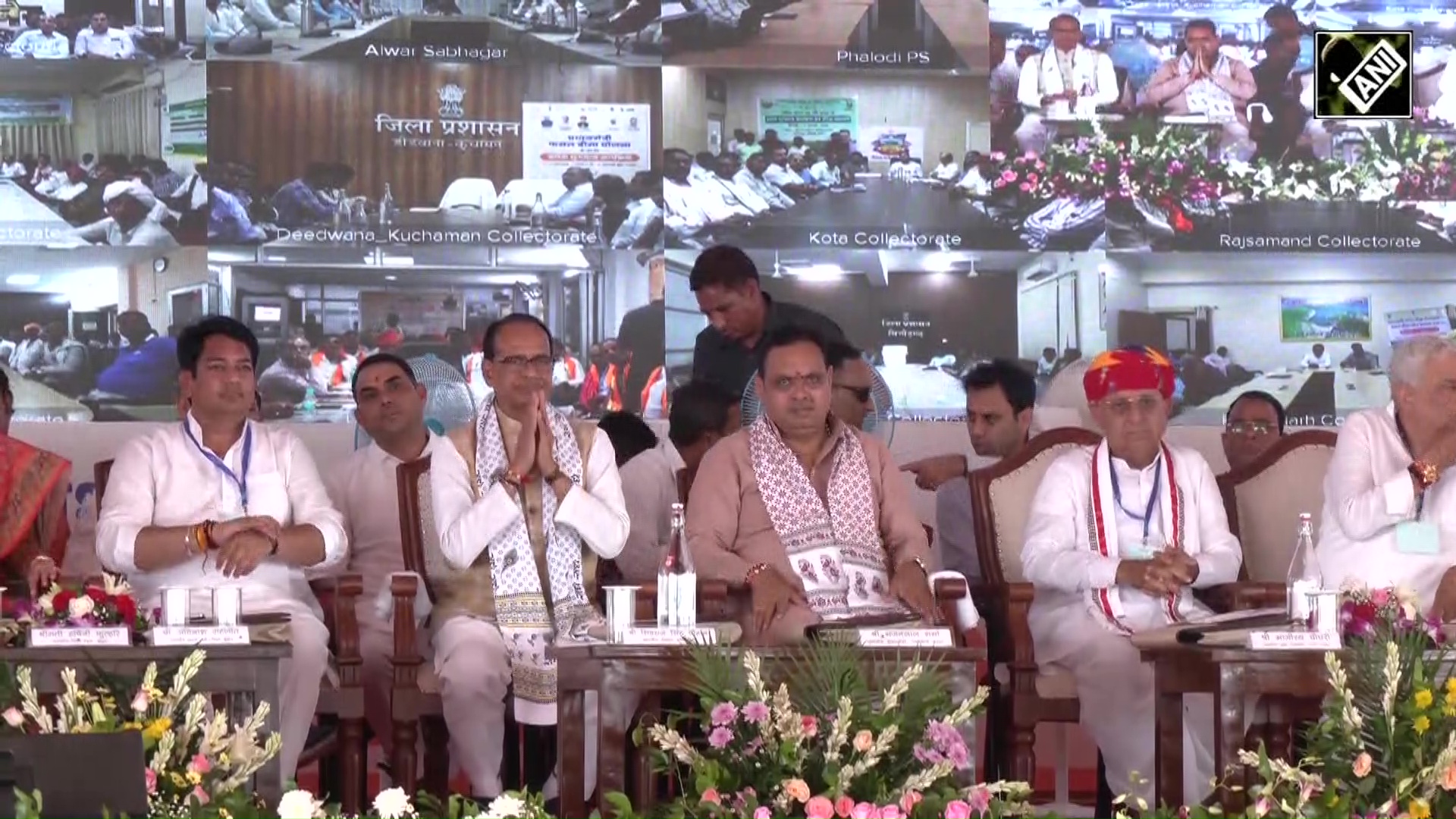'Naughty boy' now mature, obedient, disciplined: Mission Director Tomy Joseph on INSAT-3DS Mission
Feb 17, 2024

New Delhi [India], February 17 : With the successful launch of the INSAT-3DS satellite on board the GSLV F14 launch vehicle, Mission Director Tomy Joseph said in a jibe that that the "naughty boy" has now become "mature", "obedient" and "disciplined."
"The 'Naughty boy' has now become a mature, very obedient and disciplined boy. Like PSLV, GSLV has also become a very robust vehicle for ISRO. I congratulate and salute all the family members of ISRO on this occasion," Joseph said addressing his fellow scientists after the launch.
Following the failure of the GSLV F10/EOS-03 Mission on August 12, 2021, the GSLV-F12 mission on May 29, 2023, was successful. This was followed by Saturday's mission.
Speaking in detail about the launch vehicle, ISRO Chief S Somanath said, "This vehicle had a configuration which is four-meter diameter payload fairing at a higher payload capacity. So it is important for the next mission of the NISAR. So we are preparing the rocket to gain confidence for the next mission. So it was such an important mission so as to give confidence to the entire team of NISAR from NASA in India so that we can confidently go with that satellite because that satellite is a very precious satellite and one of the very costliest satellites we have built."
"Two successful missions have happened after the failure. Every mission has its own worries but we have overcome it. The next mission of GSLV is in collaboration with NASA," Somanath said.
Speaking on ISRO promoting startups, Somanath said, "We are going to allow private sector to come to ISRO and use the technology. Data is publicly available where private organisations can use it. There are so many companies which are engaging with us...Increasing funding which will take space sector to the next level."
The IRSO chief shared that the next mission of GSLV is in collaboration with NASA.
Union Minister of State Science and Technology Jitendra Singh celebrated the successful launch saying the ISRO is continuing on its success path with special patronage from the Prime Minister.
"Celebrating the launch of INSAT 3DS...the latest generation Climate/Weather satellite. Proud to be associated with Department of Space at a time when team ISRO continues to accomplish one success after the other with personal patronage from PM Modi...," Singh said in a post on 'X'.
Union Home Minister Amit Shah also posted, "Congratulations to our @isro scientists on the successful launch of the advanced meteorological satellite, INSAT-3DS today. The third-generation apparatus will bolster Bharat's might in battling natural calamities with precision. It is a giant step towards realizing PM Shri @narendramodiJi's resolve to achieve zero casualties, in every disaster."
After the successful launch of the meteorological satellite INSAT-3DS aboard GSLV F14 at 5.35 pm, ISRO shared that the launch vehicle has placed the satellite into the intended geosynchronous transfer orbit.
"The vehicle has successfully placed the satellite into the intended geosynchronous transfer orbit," ISRO said in a post on 'X'.
In its 16th mission, the GSLV deployed the INSAT-3DS meteorological satellite into the Geosynchronous Transfer Orbit (GTO). Subsequent orbit-raising maneuvers will ensure that the satellite is positioned in a Geo-stationary Orbit.
The INSAT-3DS Satellite is a follow-on mission of Third Generation Meteorological Satellite from Geostationary Orbit. The mission is fully funded by the Ministry of Earth Sciences (MoES). It is designed for enhanced meteorological observations and monitoring of land and ocean surfaces for weather forecasting and disaster warning. The satellite will augment the Meteorological services along with the presently operational INSAT-3D and INSAT-3DR satellites.
Indian Industries have significantly contributed to the making of the Satellite. Various departments of the Ministry of Earth Sciences (MoES) such as the India Meteorology Department (IMD), National Centre for Medium-Range Weather Forecasting (NCMRWF), Indian Institute of Tropical Meteorology (IITM), National Institute of Ocean Technology (NIOT), Indian National Center for Ocean Information Services (INCOIS) and various other agencies and institutes will be using the INSAT-3DS Satellite data to provide improved weather forecasts and meteorological services.
The primary objectives of the mission are to monitor Earth's surface, carry out oceanic observations and its environment in various spectral channels of meteorological importance -- to provide the vertical profile of various meteorological parameters of the Atmosphere.
Among others, it will provide the Data Collection and Data Dissemination capabilities from the Data Collection Platforms (DCPs), and to provide Satellite Aided Search and Rescue services.

